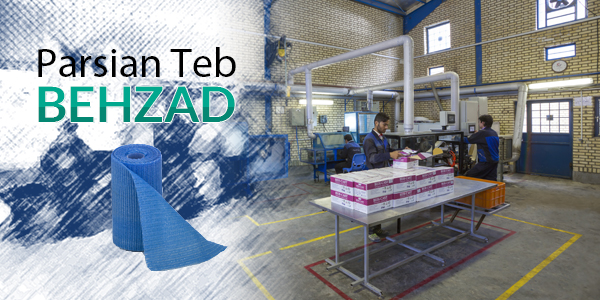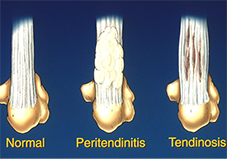What is Achilles Tendonitis?
Inflammation around or within the largest tendon in the foot and ankle.
What causes the problem?
Repetitive activity, microscopic tears in the tendon, or partial larger tears in the tendon can cause Achilles tendonitis.
What are the symptoms?
On physical examination, patients will have tenderness at the insertion of the Achilles into the calcaneus. It is not uncommon to find a bony prominence associated with the posterior heel. In addition, these patients often demonstrate decreased ankle dorsiflexion.
How do you evaluate the problem?
Plain radiographs are the initial diagnostic study of choice. A lateral hindfoot x-ray may demonstrate evidence of a bone spur on the heel where the Achilles attaches to the bone. An MRI may be needed to evaluate the extent of the tendon damage.
What are the treatment options? Non-surgical? Surgical?
Non-operative treatment of insertional Achilles tendonitis involves modification of running activities and the institution of cross-training to decrease the repetitive traction load through the hindfoot. This can be combined with anti-inflammatory medications. Additionally, a small heel lift can be beneficial. For patients who are significantly symptomatic, the use of a short term walking boot may help to settle their symptoms. As this is a chronic problem, ongoing Achilles tendon stretching has been recommended. In addition, the use of a gel type pad over the Achilles region may provide some local relief from pressure. Corticosteriod injections in this region are not recommended; this can produce further atrophy of the tendon and predispose the patient to a distal Achilles rupture.
Operative treatment involves an extensive debridement of the inflamed tissue. It is often necessary to detach part of the Achilles. After the debridement, this can be reattached with bone suture anchors. If significant tendon detachment is required, a tendon transfer can be performe




















